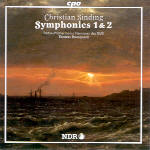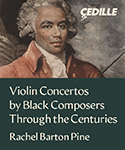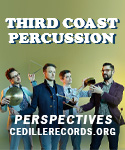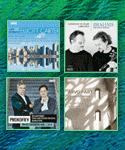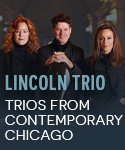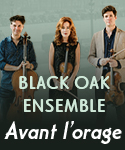Sinding’s first two symphonies aren’t bad works by any means: they just lack originality. It’s very hard to tell with post-Wagnerian but conservative, late Romantic symphonic music like this whether that “been there, heard that” quality results from the cut of the melodic ideas themselves (however attractive), or their not terribly organic working out. The First Symphony, for example, with its “sturm und drang” opening, pastoral Andante, scherzo à la Mendelssohn, and triumphant finale sounds more than a little prefabricated, though it’s undeniably well put together. The Second Symphony offers more formal originality (it omits the scherzo), and sports a slow movement and finale that feature some really lovely scoring (for winds especially); but its prevailing D major tonality does not quite escape the charge of emotional blandness, and this in turn makes the obligatory final apotheosis sound a touch unmotivated, even contrived.
Music like this needs committed advocacy, and that’s just what it gets both here and in the competing set of the complete symphonies on Finlandia (conducted by Ari Rasilainen and not available in the USA). There’s little to choose between the two; perhaps Dausgaard has the upper hand in his slightly swifter Second Symphony, and the Hanover Radio Philharmonic brass certainly play with uninhibited gusto when Sinding calls on them. The very impactful sonics display a little glare in loud passages, a function of a bit too much reverberation, but there’s no denying the atmospheric warmth of both slow movements. In the final analysis, if you enjoy, say, Stanford or Glazunov, you’ll probably like Sinding too. He’s never less than pretty, even if he’s seldom truly gripping. There’s certainly more to him than his famous piano miniature “Rustle of Spring” suggests–just not all that much more. Moderate your expectations, and you’ll pass a pleasant 70 minutes in his company.






















